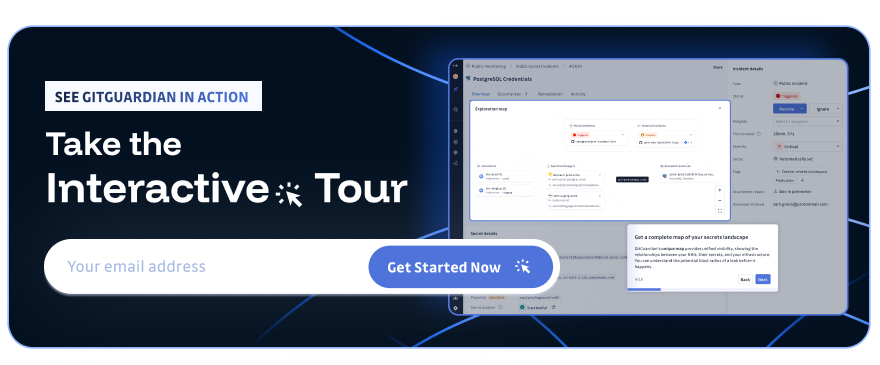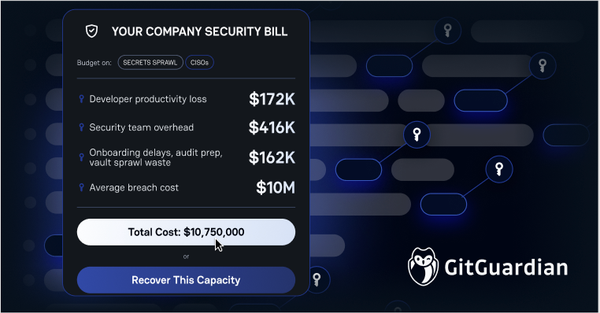This is the forth blog post in our "Bring Your Own Source" series. The previous ones covered n8n workflow integration, Salesforce and GitLab CI.
What Are GitHub Gists?
GitHub Gists serve as a lightweight code sharing platform, designed for quick snippet distribution rather than full project management. Unlike traditional repositories, Gists prioritize simplicity and speed. Developers can create public or private Gists, edit them with full version history, and include multiple files in a single Gist. The platform's ease of use has transformed it into what developers call a "paste everything" service, a notepad for code snippets, configuration files, and quick notes.
Why Developers Love Gists
This convenience factor makes Gists particularly appealing for rapid collaboration.
Need to share a config file with a colleague? Create a Gist.
Want to save a code snippet for later reference? Gist it.
Debugging with your team? Paste your entire environment setup in a Gist and share the link.
The friction-free experience has made Gists an integral part of many developers' daily workflows.
Why Secrets End Up in Gists
The same convenience that makes Gists popular creates significant security risks. Developers treat Gists as a digital scratch pad, often pasting content without careful review. Configuration files, environment variables, API keys, and database connections frequently end up in Gists during troubleshooting sessions or quick sharing between team members.
The Monitoring Gap
GitHub's security scanning doesn't extend to Gists, creating a dangerous blind spot. While repository commits get flagged for obvious secrets like AWS keys or database passwords, Gists operate under the radar. This gap forces organizations into manual processes that rarely happen consistently.
The versioning capability adds another layer of risk. Developers might clean up a Gist after realizing it contains sensitive information, but the secret remains visible in the version history. Most security teams don't know to check Gist histories, leaving these time bombs undiscovered until external security researchers or bounty hunters find them during audits.
The Numbers Tell the Story
We analyzed 34,238 public Gist documents to quantify the secret exposure problem. The results revealed 667 secrets across 328 Gist patches, with approximately 5% proving to be valid active credentials.
This analysis revealed patterns in what developers accidentally expose:
- Generic high-entropy secrets dominated the findings, representing random strings that could be passwords, tokens, or keys that our detectors couldn't categorize specifically. These often appear in configuration files or environment variable dumps.
- OAuth2 tokens appeared frequently, including both refresh tokens that provide long-term access and access tokens for immediate API calls. These typically leak during authentication debugging sessions.
- Request headers with sensitive data showed up regularly, particularly X-Authorization headers and custom authentication headers that developers copy-paste during API troubleshooting.
- GitHub personal access tokens appeared in Gists when developers share repository setup instructions or automation scripts without sanitizing the examples.
- API keys from various cloud services scattered throughout Gists as developers share integration examples, with 49 different detector types matching across our analysis.
Each category represents a potential entry point for attackers who systematically scan public Gists for exposed credentials.
Step-by-Step Implementation Guide
Prerequisites
Before starting, ensure you have:
- GitGuardian account with BYOS feature enabled
- ggshield installed (version 1.25.0 or later)
- GitHub personal access token with Gist read permissions
- Basic familiarity with GitHub API or our example scripts
Step 1: Create Your Custom Source Integration
Navigate to your GitGuardian Dashboard and access the Integrations section. Click "Add Integration" and select "Custom Source" from the available options. Name your integration "GitHub Gists" or similar for easy identification.
The platform generates a unique source UUID immediately upon creation. Copy this UUID and store it securely — you'll need it for all scanning operations. The UUID looks like 12345678-1234-1234-1234-123456789abc and serves as the identifier that connects your scanned content to the GitGuardian dashboard.
Step 2: Set Up GitHub API Access
Create a GitHub personal access token with Gist read permissions through your GitHub Settings > Developer settings > Personal access tokens. The token needs gist scope for accessing your organization's Gists.
Store the token securely in your environment variables or secrets management system. Our example implementation expects the token in an environment variable named GITHUB_TOKEN.
Step 3: Fetch and Process Gists
Use GitHub's API to enumerate Gists within your organization. The API endpoint https://api.github.com/users/{username}/gists returns public Gists, while https://api.github.com/gists returns your authenticated user's Gists including private ones.
For each Gist, fetch the complete content including all files and version history. Our example repository demonstrates proper pagination handling, rate limit management, and efficient batching for organizations with extensive Gist collections.
Process multiple files within each Gist separately, as secrets often hide in configuration files alongside legitimate code. Handle version history by fetching previous iterations of edited Gists — secrets frequently appear in earlier versions even when cleaned from current content.
Step 4: Execute ggshield Scanning
Run ggshield with your custom source UUID for each processed Gist:
ggshield secret scan --source-uuid YOUR_SOURCE_UUID path/to/gist/contentThe scanning process analyzes content using GitGuardian's detection engines and uploads findings directly to your dashboard. Each scan operation processes individual files or directories containing Gist content you've downloaded locally.
Step 5: Monitor Results in GitGuardian Dashboard
Access your GitGuardian dashboard to view discovered incidents. Filter results by your custom source name to focus specifically on Gist findings. Enjoy the same incident management capabilities you use for other integrations: severity assessment, false positive marking, remediation guidance, and team assignment.
Set up notification rules to alert security teams immediately when new secrets appear in Gists. Configure alerts based on severity levels, specific secret types, or any Gist-related finding to ensure rapid response.
Working Example Repository
We created a complete working example at https://github.com/GitGuardian/gg-byos-lab/tree/main/github-gist that demonstrates practical Gist scanning implementation. The repository provides ready-to-run code that handles GitHub API integration, Gist content processing, and ggshield scanning coordination.
The implementation demonstrates proper error handling, rate limit management, and efficient batching for organizations with large numbers of Gists. The code shows how to process multiple files within each Gist and handle version history to catch secrets that might exist in previous iterations.
Implementation Considerations, Technical Limitations and Workarounds
The GitHub API limits individual file processing to 50MB, which covers the vast majority of Gist content. For larger files, the implementation should clone the Gist repository using the git_pull_url provided in the API response. Each custom integration supports one source, though organizations can create multiple integrations as needed for different scanning scenarios.
Moving Forward: Quantifiable Risk Reduction
GitHub Gists represent a quantifiable security risk, with our analysis showing valid credentials in approximately 5% of secret-containing Gists. These include AWS keys, OAuth tokens, and API credentials that provide real access to production systems.
Bring Your Own Source eliminates this blind spot in under an hour of setup time. The solution integrates seamlessly with existing GitGuardian workflows, requiring no changes to established incident management processes. Organizations gain complete visibility into Gist-based secret exposure without waiting for native integration development.
Beyond Gists, BYOS opens possibilities for monitoring any source your organization can access, from internal wikis to configuration management systems.










